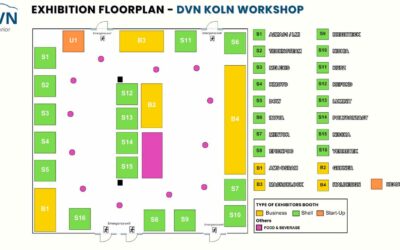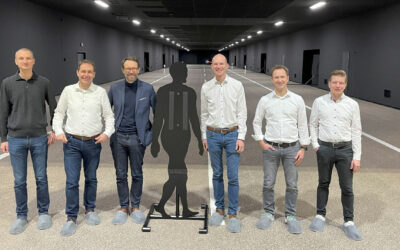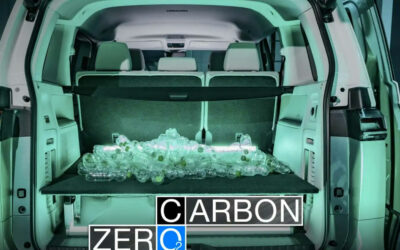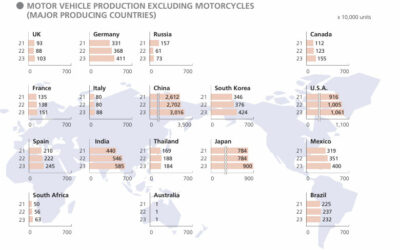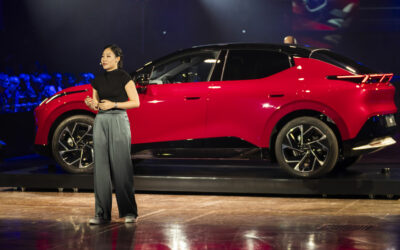While much of the attention devoted to lowering vehicles CO2 footprint centers on electric powertrains, automakers are looking at other aspects of car design to achieve sustainability. A major one of them is the car seat.
Sustainable seating is not a new trend, but innovation in sustainable car seating has accelerated in recent years. Most manufacturers and suppliers have put out press releases about initiatives in sustainable products, which can be clustered around weight reduction, smart design, and sustainable materials.
Here’s a look at recent happenings in the seating field, from some of the major makers:
Adient
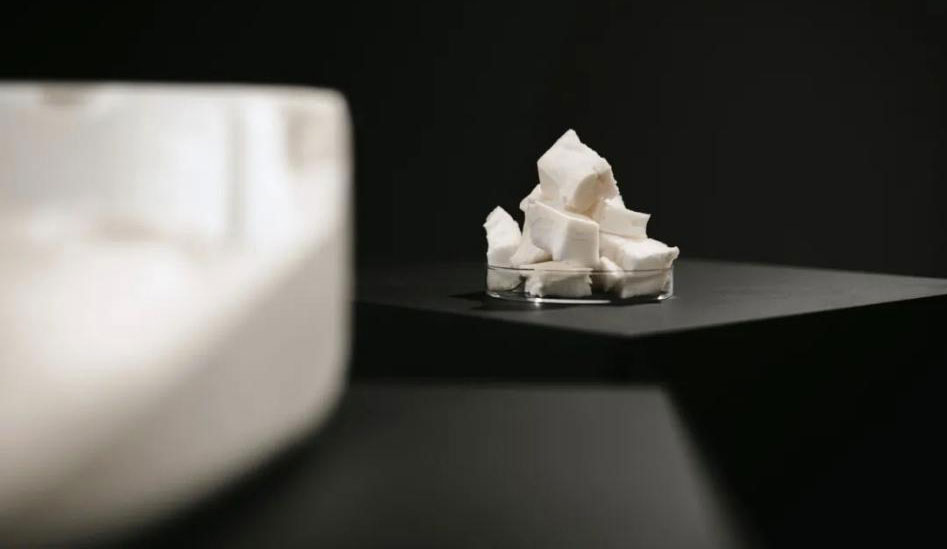
In 2023, Adient presented their lightweight Pure Essential seat made out of only two materials: sustainably-sourced steel and recycled polyester (PET). The seat is designed for disassembly and recycling. The environmentally conscious design approach also helps the bottom line, by reducing manufacturing complexity and costs.
Last year, Adient and Dow MobilityScience achieved a major technological breakthrough in the closed-loop recycling of waste polyurethane seat foam for Jaguar Land Rover.
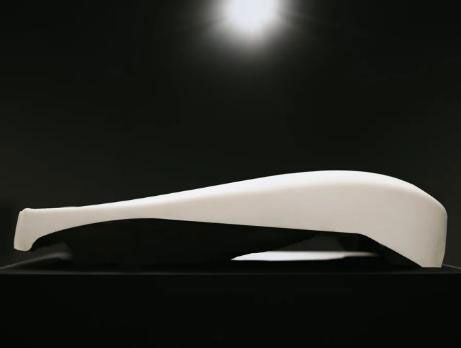
Polyurethane foams are notoriously challenging to recycle and are designed to last, meaning they end up in landfills and can persist in the environment for a long time. By creating a closed-loop supply chain, JLR can reduce emissions, eliminate waste, and provide safe, low-carbon seat foams. Recycled polyurethane foam will form an integral part of the new ‘circular seats’, which are estimated to halve CO2 equivalent emissions while maintaining high performance. They’ll avoid more than 44 kg of CO2 equivalent per seat, comparable to charging nearly three thousand smartphones. See our previous coverage.
Forvia
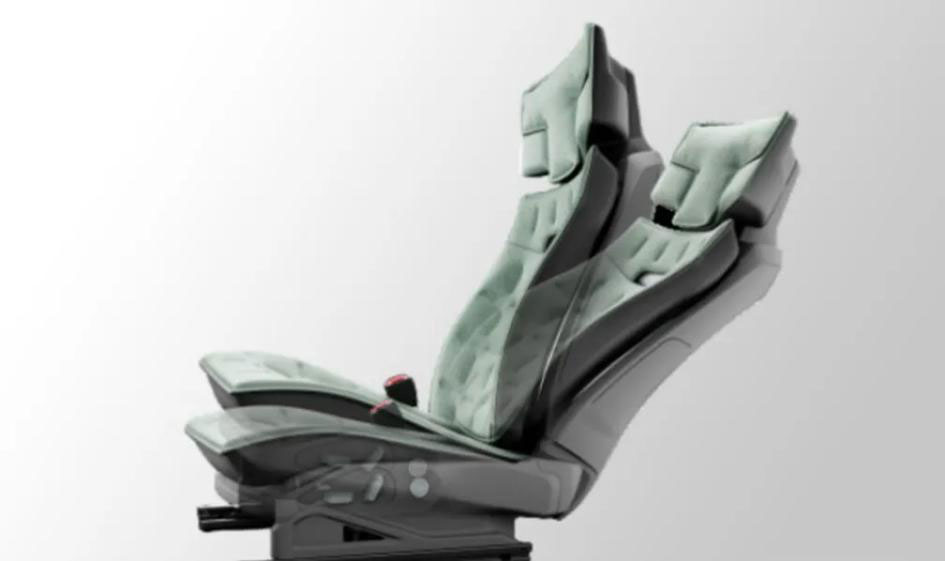
Compared with traditional seats, the Supremo seat has a 68-per-cent lower carbon footprint. It uses a low-carbon steel structure, and has an Auraloop® cushion made of fully recyclable PET fiber, which sets a new performance for sustainable development in the automotive seating industry.
Inspired by interior furniture, the Supremo seat is designed to transform the car cockpit into an extension of the home. Designed for life and work on the go, this seat redefines the in-car experience and provides passengers with the comfort and familiarity of home.
The design of this seat embodies high technology and sustainability, and brings revolutionary changes to the riding experience of electric vehicles through its innovative structure and material selection.
Auraloop is a new sustainable cushioning material made from recyclable polyester fibers that should halve the carbon footprint compared to polyurethane (PU) foam products. Forvia developed Auraloop in partnership with Indorama Ventures, a company that produces and recycles polyethylene terephthalate (PET), also known as polyester.
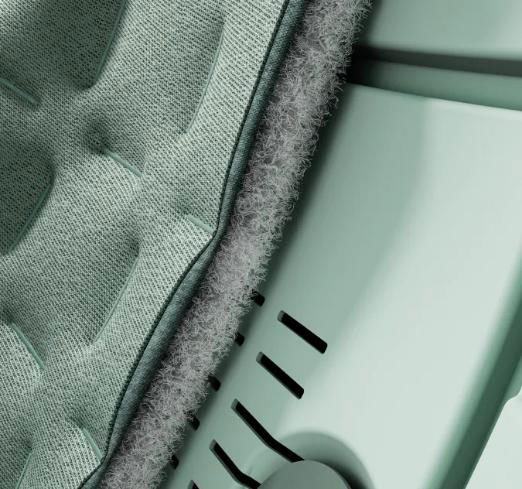
Hyundai Transys
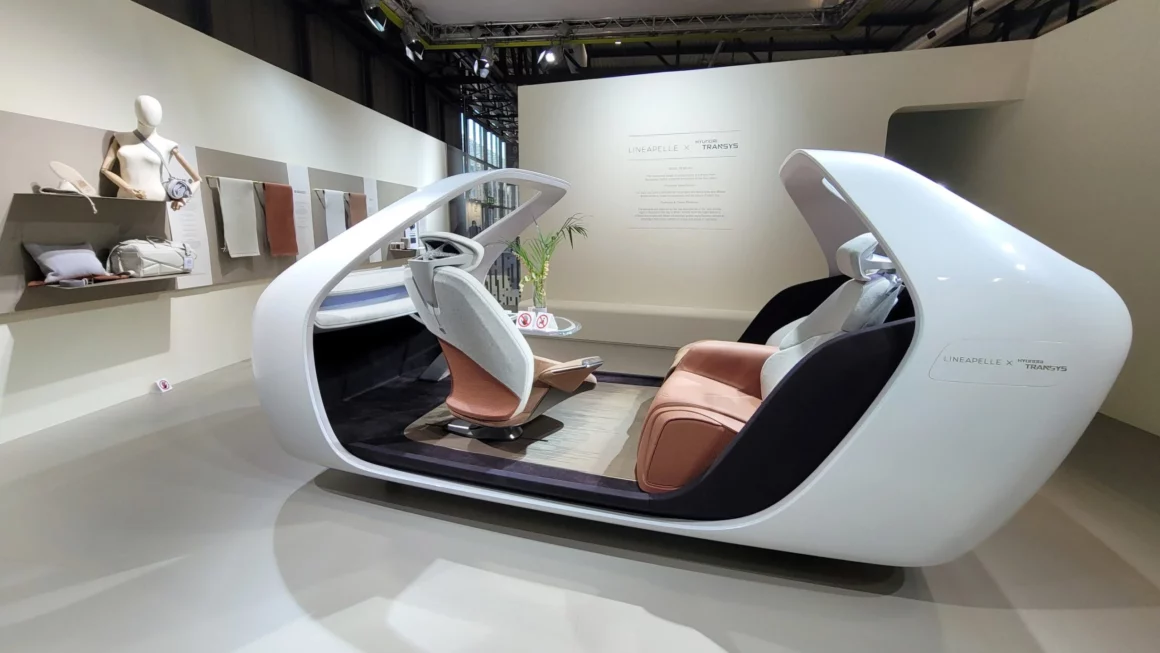
Hyundai Transys, a Hyundai Motors affiliate, specializes in automotive seating and powertrains. In 2021, they were ranked № 34 by Automotive News magazine among global auto parts manufacturers based on sales revenue.
Hyundai Transys showed a future mobility seat concept, the ‘color-material-finish concept seat’, with sustainable leather and innovative materials under the theme ‘Shift to Regenerative Mobility’ at Lineapelle 2022, the leading world trade fair focusing on leather and the leather industry. They developed new sustainable leather and other regenerative materials in partnership with Italian and Korean manufacturers to create an innovative seat concept without tanning waste. Hyundai Transys selected the leather fair to showcase the concept in line with the company’s push for a sustainable future.
The concept seat visualizes that value transcending time and space with a design concept called ‘Seoul to Milan’. The concept links the cities through colors and patterns, particularly the two main hues, named ‘Seoul Grey’ for the Korean capital’s metropolitan cityscape and granite peaks, and ‘Milano Brown’ for the Italian city’s classical buildings and legendary tanneries. In addition, Seoul’s city lights are translated as pixels while Milan’s towering gothic Duomo cathedral is conveyed as stripes.
Tanned leathers are used in the seat sections where durability is required, and woven leathers are used in the seatback bolsters, giving a different textural twist while minimizing leather waste from cutting. Leather scraps were ground to powder and regenerated into yarn, which was later combined with yarn made from recycled PET bottles to create a unique regenerated fabric for the floor area.
Along with these innovative materials, Hyundai Transys used upcycled felt fabric and 3D printing to structure the headrest out of regenerated aluminum powder to give the model a cohesive look while demonstrating sustainable applications of such materials. The seat frame model is also an upcycled product from 2018, brought back to life for this project to provide a sustainable seat through-and-through.
Lear
Lear has deep strength in integrating sustainable concepts into the entire process of product design and manufacturing, from surface materials to core components. Internal standards have been developed to quantify sustainable performance, including recycling ratio, bio-based content, and carbon and weight reduction.
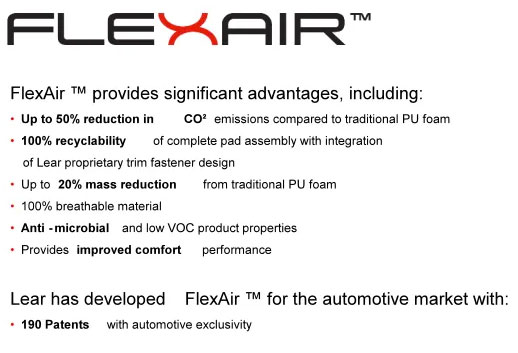
Lear has more than 900 patented products related to sustainable development around the world. For example, they developed zeolite-tanned leather, which uses minerals extracted from natural substances, does not contain heavy metals, has a fast biodegradation rate, and has a bio-based content of more than 90 per cent. During the production process, it cuts water use by a quarter and energy consumption by 20 per cent. The product has been mass-produced and widely used in automotive interiors, and widely recognized by the industry.
Lear uses patented FlexAir™ 3D extruded polymer materials to make seat cushions and backrests. They meet physical-properties and comfort requirements, and have excellent sustainable performance. Compared with traditional foams, FlexAir can halve carbon dioxide emissions, reduce weight by 20 per cent, and make the entire product recyclable.
ReNewKnit™, an environmentally friendly suede material developed by Lear, is made entirely of renewable materials, achieving emission reduction, reuse, recycling and repeated innovation. Its unique knitting technology ensures excellent fit for multi-surface shapes and can be recycled with composite materials of the same material, providing an innovative option for automotive interiors.
Magna
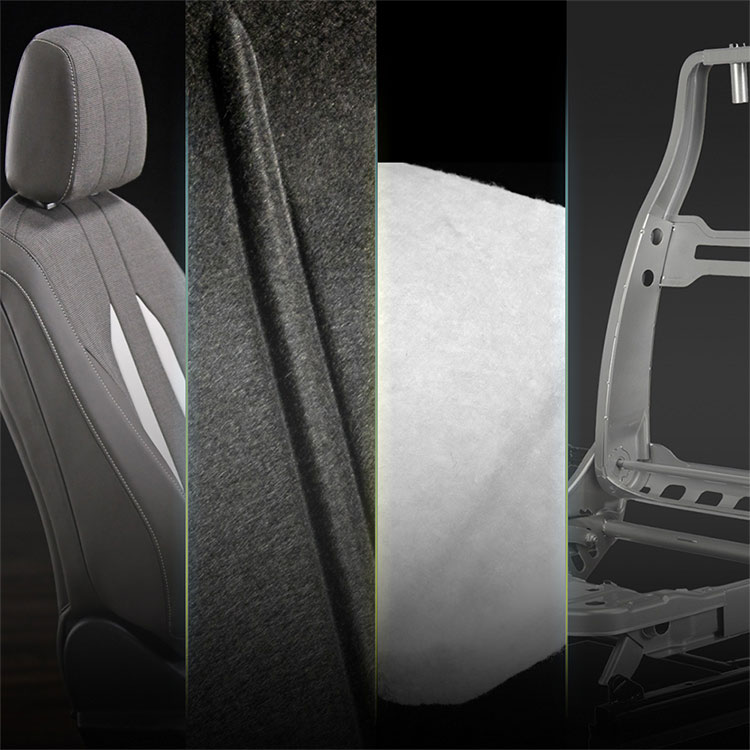
Magna recently launched the EcoSphere™ product series, which combines a single PET material with Magna’s innovative melt-recyclable foam and trim system to keep automotive seat foam pads and trims out of landfills at the end of their useful life.
The EcoSphere product line consists of sustainable trim materials, trim pads, structures and foams. It integrates Magna’s foaming chemistry, trim integration and other technologies to provide customers with affordable and seamless automotive foam pad solutions.
The melt-recyclable foam and trim technology ensures that the look and feel of the seat materials meet industry standards while significantly reducing the impact on the environment.
Magna’s EcoSphere interior base is an important part of the recyclable foam and valve core technology. The interior base can be used on each seat, and is laminated to the back of the trim material to provide support and a fresh appearance.
To find recycled materials for EcoSphere products, Magna worked with TWE Group, a multinational company specializing in technical textiles and nonwovens. TWE provided the rePEaT® solution made of recycled and biodegradable fibers.
Magna says their sustainable seating development strategy helps achieve their net-zero goal, reduce greenhouse gas emissions, and lower Magna’s carbon footprint by using recycled and bio-based materials, implementing energy-saving manufacturing processes and end-of-life management.
Toyota Boshoku
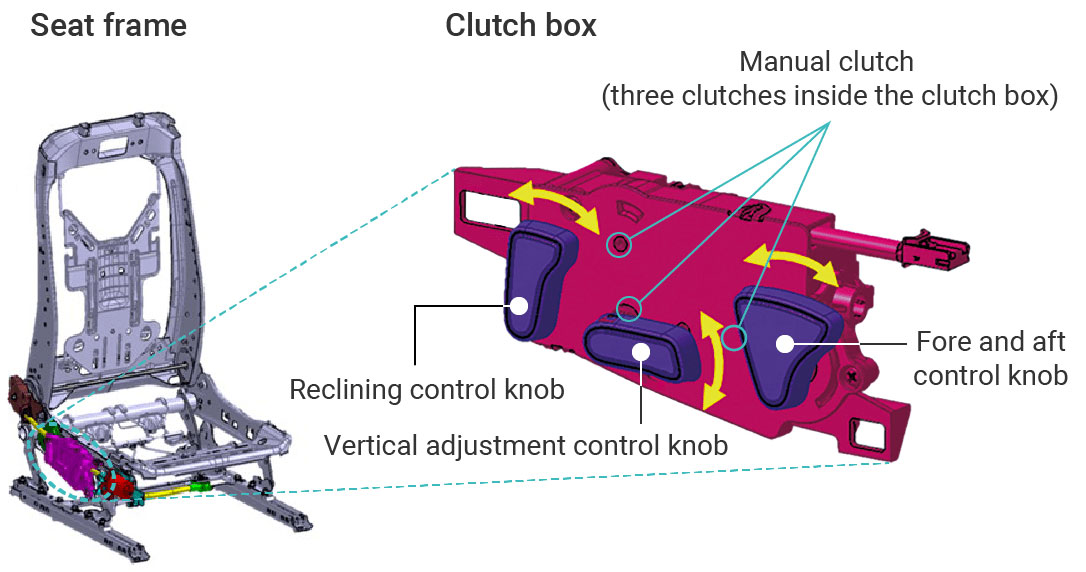
Toyota Boshoku has a one-motor power seat, a system for manipulation of multiple functions with a single motor.
This product involves the addition of a newly developed power device to standard seat frames. The 6-way power seat enables fore/aft, reclining, and vertical adjustments with a single motor.
This is possible by dint of their clutch box, which can change the power transmission in the switch stroke.
Since this product allows manipulation of seat position via simple operation of the power seat switch, it can be put in space-limited compact cars, enabling power seats for a diverse range of customers.
This technology not only reduces the number of motors used, but also reduces wire harnesses, as well as substantially reducing overall mass and cost.
Yanfeng
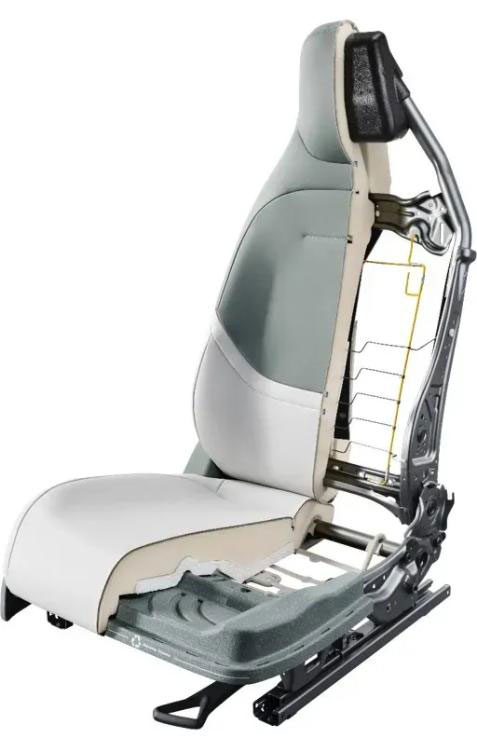
Compared with conventional seats, Yanfeng’s Reco seat uses innovative recyclable materials from foaming to steel frame, which can reduce product carbon emissions by up to 40 per cent.
The application of sustainable materials is a key area of Yanfeng’s sustainable development strategy. The Reco seat uses a variety of materials, including polyethylene terephthalate (PET), polyurethane (PU) trim, recycled foam, thermoplastic foam, green steel frame, PET lightweight seat back and hybrid cushion.
Made from recycled soft drink bottles, the PET PU trim reduces carbon emissions by more than a fifth. It is translucent and soft to the touch. The Reco seat uses a combination of recycled foam and thermoplastic foam to provide better elasticity and support. In addition, this foam uses industrial wastewater steam during production and molding, which greatly reduces energy consumption and emissions.
The seat chassis uses high-strength recycled plastic instead of a traditional metal seat chassis. The frame uses scrap steel as a raw material, and uses green electricity to produce recycled steel frames, reducing carbon emissions by more than 60 per cent. The seat back panel uses recycled PET material, considering both lightweight and styling needs. The hybrid cushion uses high-strength recyclable composite materials instead of metal, reducing carbon emissions by 20 per cent and providing more options for surface treatment technology.
These examples are just a few of those demonstrating that when experts cross the seat with the objectives of weight and sustainability, the result is a shower of innovation!
